Gov. Roy Cooper announced moments ago that North Carolina schools would open under a hybrid model — or, Plan B, as it is called in the Department of Public Instruction’s “Lighting Our Way Forward: North Carolina’s Guidebook for Reopening Public Schools.”
Local school districts, however, still have the option of implementing Plan C, remote learning.
Generally speaking, Plan B opens schools for in-person instruction under a 50-percent occupancy limit. Schools would also have to ensure “sufficient social distancing with at least 6 feet between people at all times in school facilities and on school transportation vehicles.”
Here are the checklists districts that move forward with Plan B will have to adhere to:
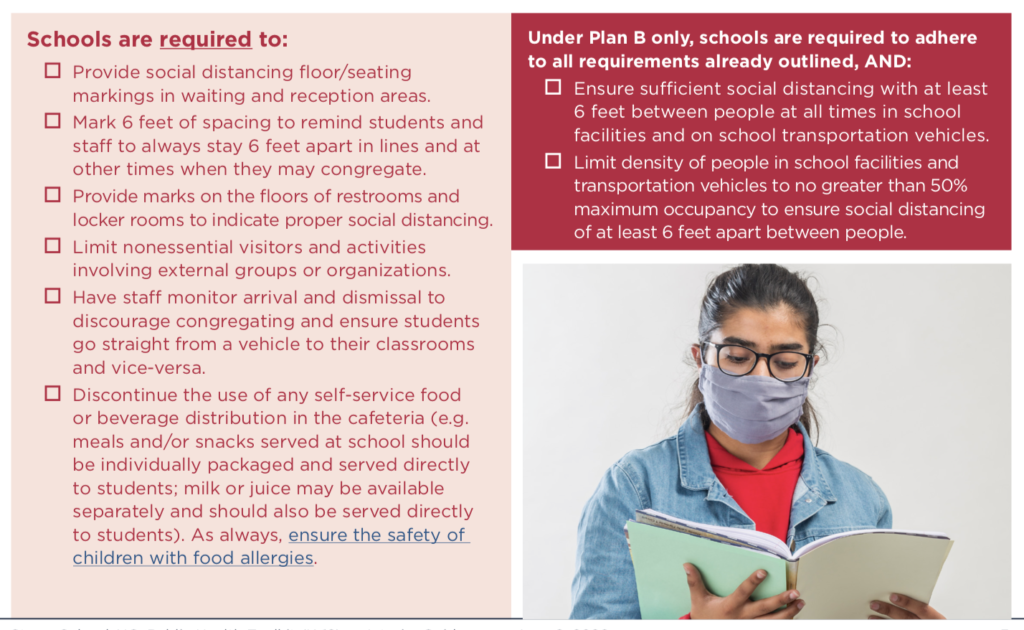
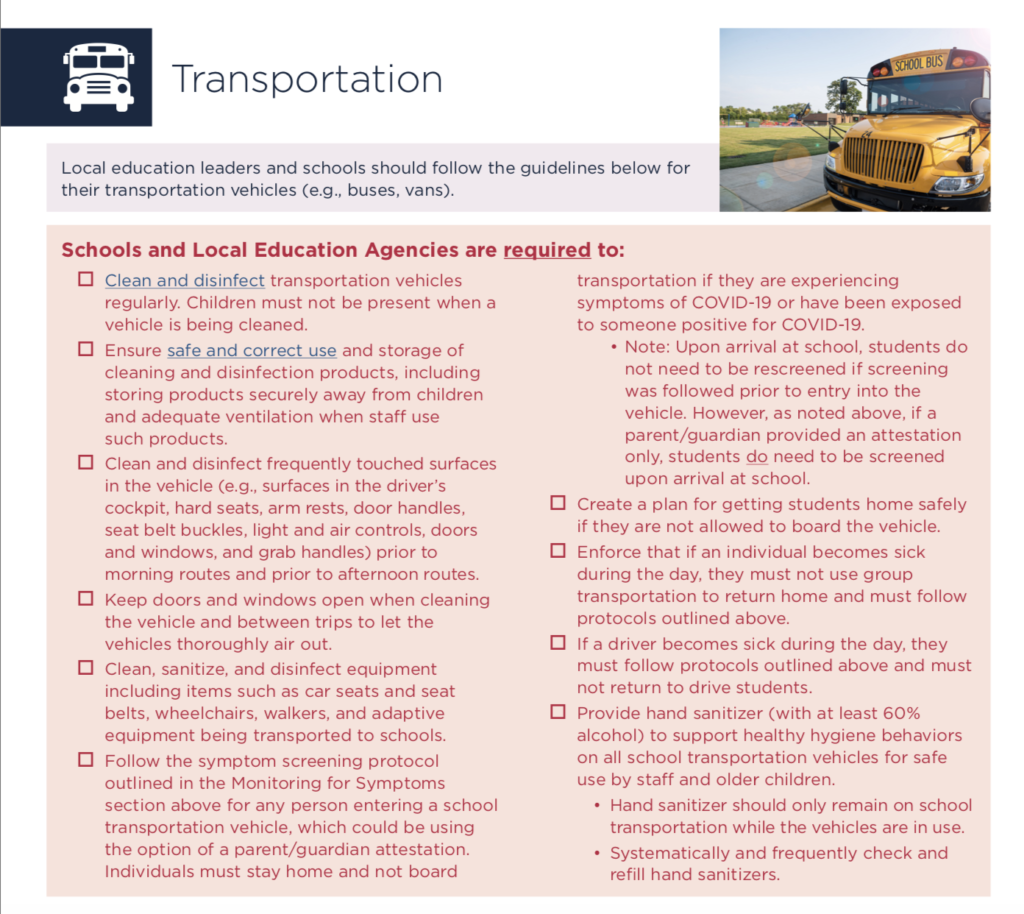
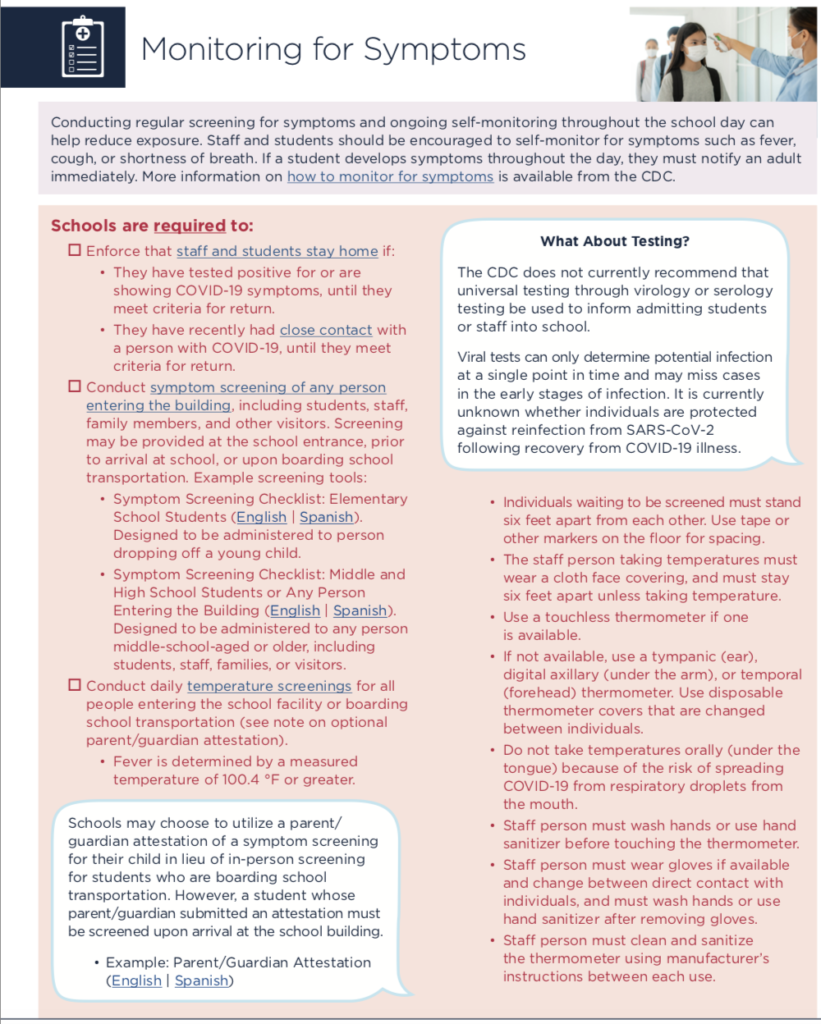
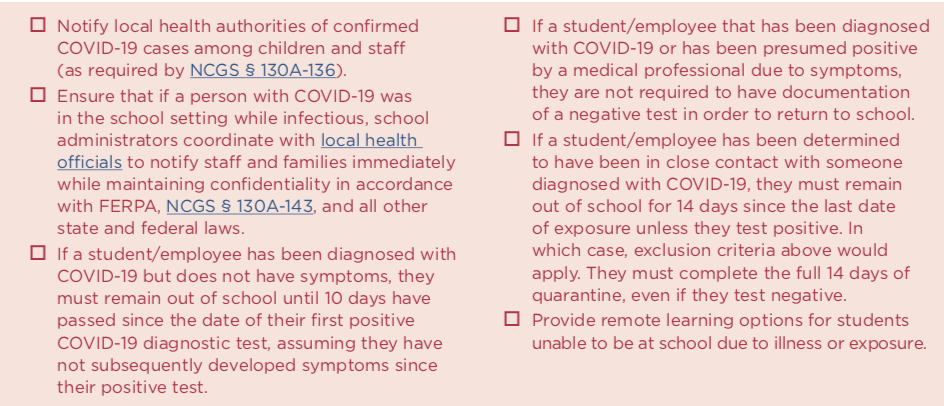
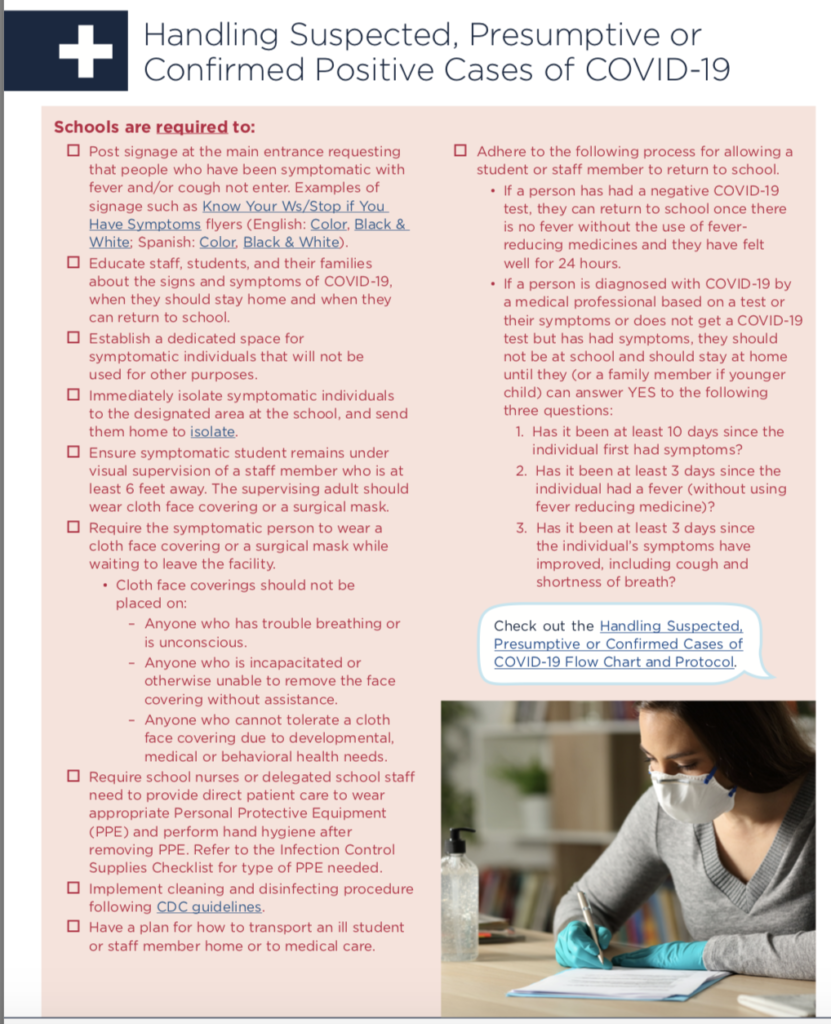

During Monday’s Wayne County Board of Education meeting, Tamara Berman-Ishee, WCPS’ assistant superintendent for teaching and learning, reported to the board that a task force made up of 40 people representing the district, the community, parents and teachers met last week to discuss what it would take if Cooper determined Plan B was the state’s best course.
We published our take on Ishee’s presentation — and our thoughts on how to best open Wayne County schools — Tuesday morning. You can access that commentary by clicking here.
WCPS schools that operate on the “non-traditional” calendar, including Goldsboro High School and Wayne School of Engineering, are set to open for students Aug. 6, but teachers at those schools are not required to show up to work until Aug. 3.
It is unclear at this time whether the district will move forward with Plan B or determine remote learning is the more viable option given the limited time teachers, parents and students would have to adjust to Cooper’s order.
For more on this story as it develops, follow the New Old North here and on our Facebook and Instagram pages @newoldnorth

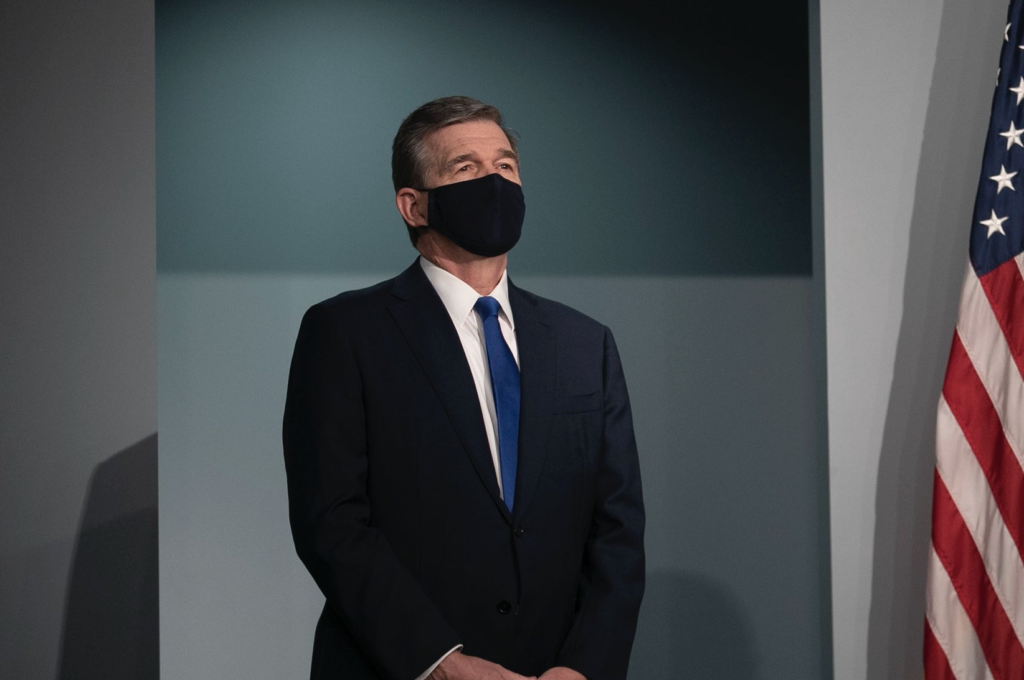
What about children with disabilities how will they get their desperately needed services. Isn’t and IEP a legally binding contract?